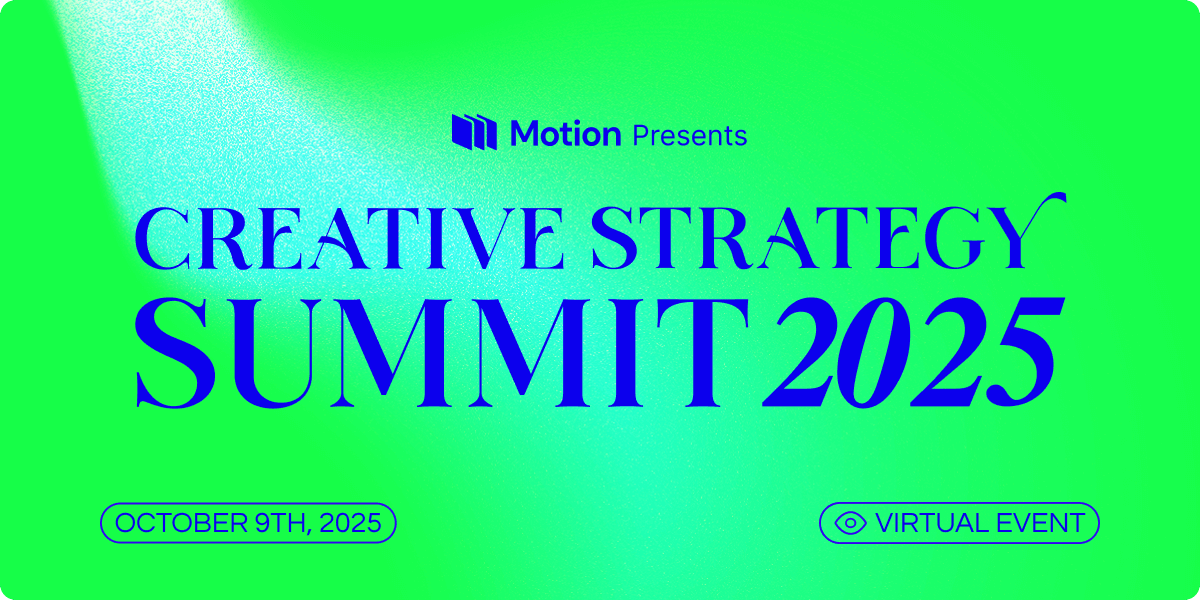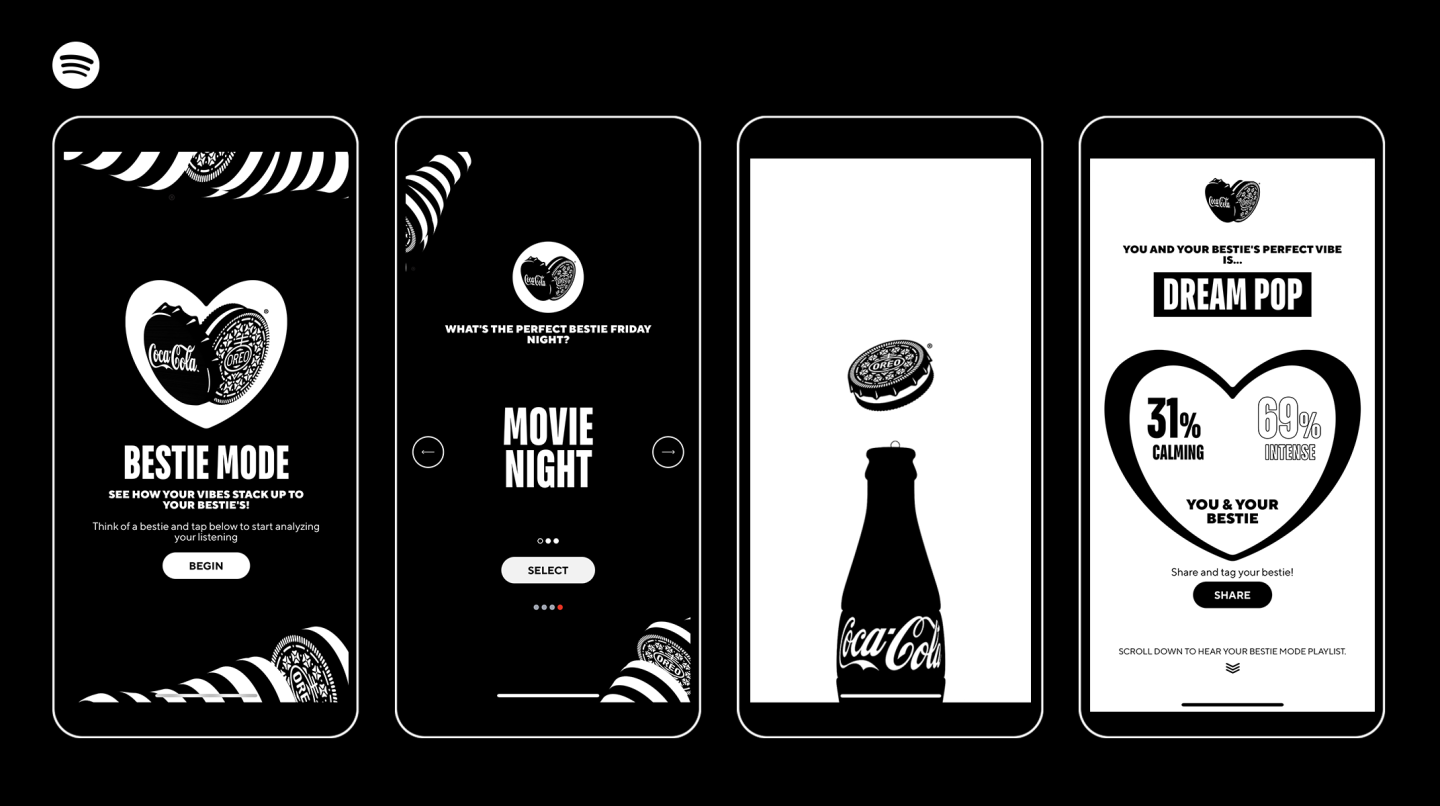The Silent Killer of January Growth
💀Inside the system that keeps brands profitable after the sale, not just during it, Spotify Expands Ad Tech and Mastercard Enters Commerce Media, and more!

Hey there Smarty 👋
Are you geared up to catch the latest and greatest in quick shorts?
And just a quick heads-up! If you stumbled upon us through a friend, make sure to subscribe here! That way, you’ll never miss out on the trending shorts.

💀 The Silent Killer of January Growth
It starts like every great quarter does: record sales, glowing dashboards, and Slack threads full of champagne emojis.
But behind the dopamine of “best month ever,” something quieter is happening.
Cash is vanishing into boxes. Warehouses are filling up faster than invoices are clearing. And by February, what looked like growth has turned into drag, a warehouse full of dead weight and a budget that can’t move.
That’s the Q4 inventory trap, when velocity turns fake, and what felt like scale becomes the reason you stall.
The December Mirage
In December, the data flatter you. SKUs are flying, the chart’s hockey-sticking, and finance is cheering. But that rush is built on shaky foundations: discounts, gifting spikes, and bulk buys from resellers who will vanish as soon as the calendar flips.
It’s not loyalty. It’s borrowed demand. And when January slows down, the “sell-through” glow turns into a storage problem dressed up as success.
The February Reality
By February, the celebration costs start showing up.
20–30% of inventory sits still, costing storage, insurance, and attention. Those boxes aren’t just unsold goods; they’re frozen capital that could have been running new campaigns or funding supplier flexibility.
You don’t lose money because you didn’t sell. You lose because you sold the wrong way.
The Distortion That Makes It Worse
Fraud and reseller activity compound the illusion. Hot SKUs get over-ordered in December, returned in January, and your forecasting model reads it all as “demand.” That’s how teams end up restocking into ghosts, burning cash chasing fake signals.
Chargeflow Prevent fixes that problem before it hits your P&L, flagging abusive orders and post-purchase behavior that distorts your sell-through data.
Your first 1,000 orders can be screened for free, a sanity check that pays for itself in a single return cycle.
The Operator’s Playbook
The best operators don’t forecast sales; they forecast liquidity. They model inventory like cashflow: best-case, worst-case, return-adjusted.
They stagger POs, push for supplier agility, and keep Q1 liquidity free instead of locked in shelves.
Because in 2025, the winner isn’t the brand that moves the most units, it’s the one that doesn’t drown in its own velocity.
The Rule of Real Scale
Selling hard in December is easy. Having cash left in February is a strategy.
If your Q4 growth turns into a Q1 cash squeeze, you didn’t scale; you subsidized chaos. The best operators design around that trap before the first PO is even signed. Because in DTC, control isn’t built into the warehouse. It’s built into the calendar.

Together with Motion
The Creative Reset to Unlock Your Biggest Q4 Wins

Over 18,000 marketers joined last year. This year, it’s your turn.
Join Motion’s annual Creative Strategy Summit, a one-day virtual summit happening on October 9th
This isn’t just another virtual event; it’s a live, online masterclass series led by some of DTC’s top minds, including Cody Plofker, Dara Denney, and Savannah Sanchez.
You will leave with:
🧑💻 Insider prompts and tools to speed creative testing by 5× overnight,
❌ A kill list of wasted tactics draining ROAS
📱 AI-powered workflows to cut production costs and scale ads this week.
Each session delivers plug-and-play tactics, AI workflows, and live frameworks so you can drive performance and scale the moment the summit ends.
Too busy to attend live? Register anyway to get full recordings plus exclusive research on AI-driven creative systems you can implement the same week.

🎧 Spotify Expands Ad Tech, Mastercard Enters Commerce Media
Spotify and Mastercard just announced two major moves redefining how advertising meets data. Spotify is automating its ad stack with new programmatic and creative tools, while Mastercard is turning 160 billion annual transactions into a precision media network that personalizes campaigns across platforms.

The Breakdown:
1. Spotify’s DSP Integrations Go Global - Spotify partnered with Amazon DSP, Yahoo DSP, and ID5, giving advertisers programmatic access to 696 million users worldwide. Yahoo data shows a 70% rise in conversions and 90% drop in CPAs through Spotify Ad Exchange integrations.
2. New Creative and Testing Tools - Through a Smartly partnership and a new Split Testing tool, Spotify Ads Manager now lets brands automate creative optimization and measure performance across metrics like CTR, CPC, and installs. Advertisers using Spotify Ad Exchange have grown 142% since April, showing rising confidence in its AI-driven system.
3. Mastercard Launches Commerce Media Network - Mastercard introduced Commerce Media, using insights from 160B+ transactions to deliver tailored offers across digital and bank channels. With 25K advertisers and 500M consumers, it reports up to 22× ROAS, and partnerships with Citi, WPP, and Microsoft strengthen its ecosystem reach.
4. Closing the Retail Media Gap - The network links purchase behavior to ad delivery through Mastercard’s card-linking tech, enabling conversion tracking both online and offline. Publishers gain monetization opportunities, and consumers see personalized offers.
Spotify is becoming a programmatic powerhouse with creative automation at scale, while Mastercard is evolving into a commerce data giant. Together, they highlight a new phase of AI-measured, transaction-verified advertising, where creativity meets purchase proof in one loop.

🚀Quick Hits
🇪🇺 A Dutch court ruled Meta must make non-algorithmic feeds directly accessible on Facebook and Instagram under the EU’s DSA. If upheld, Meta may be forced to offer default chronological timelines.
💰 TikTok boosts payouts for U.S. and Canadian creators — up to 90% of subscription earnings from Oct 1, 2025, with a 70% base share and 20% performance bonus.
🛍️ TikTok just added a new “Shop Ads” category to its Marketing Partner program, helping brands optimize eCommerce campaigns with GMV Max, automated targeting, catalog syncing, and in-depth performance tracking.
📞 Google will retire Call-Only Ads by 2027, urging advertisers to shift to Responsive Search Ads with Call Assets. Businesses must migrate early to sustain phone leads and adapt to AI-driven ad formats.

That’s a wrap for today! Tell us your thoughts about today's content as we line up more Shorts! And don’t hesitate to share this with someone who’d adore it. 🥰
